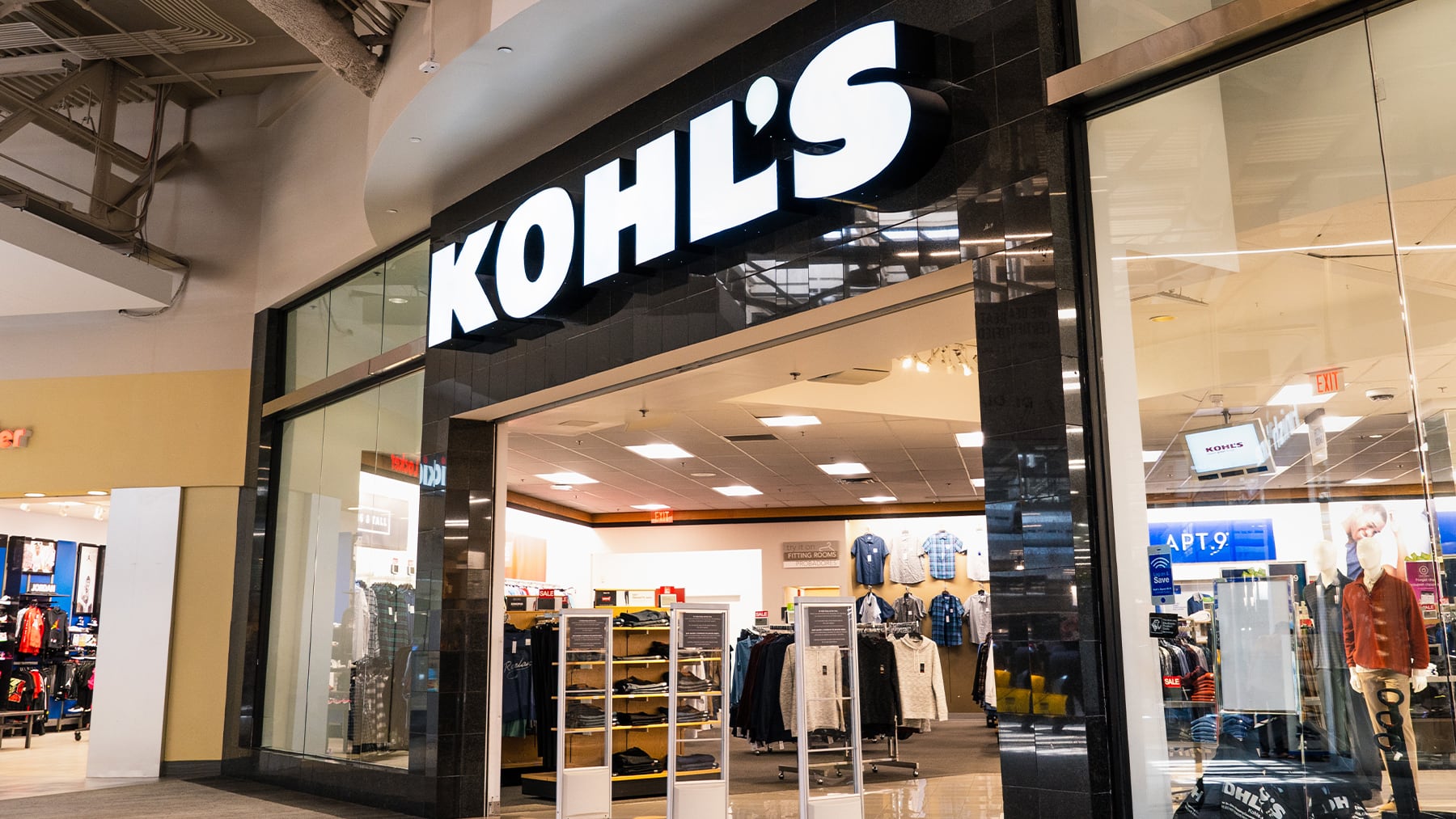
Kohl’s raised its annual profit forecast after topping second-quarter earnings, as the US department store operator benefited from a tight leash on costs and leaner inventories in the face of cautious spending on apparel and accessories.
The company’s shares rose 4 percent in premarket trading on Wednesday. They are down about 32 percent so far this year as retailers struggled with uneven demand amid sticky inflation and higher-for-longer interest rates.
Clearance events toward the start of the year helped Kohl’s offer fresher styles in footwear, baby products and women’s dresses in the key spring shopping season.
Inventory in the second quarter declined 9 percent, after falling 13 percent in the preceding quarter. Gross margin rose 59 basis points, following an increase of 48 basis points in the first quarter.
Kohl’s now expects annual earnings per share between $1.75 and $2.25, compared with $1.25 to $1.85 earlier.
Beauty retailer Sephora was again a bright spot, helping offset the impact from weaker sales at Kohl’s own labels.
Excluding items, Kohl’s earned 59 cents per share, beating estimates of 45 cents, as per LSEG data.
Peer Nordstrom on Tuesday topped expectations for quarterly profit.
Meanwhile, Kohl’s posted a bigger-than-expected drop in comparable sales in the second quarter and lowered its annual net sales target.
“Kohl’s place in the retail landscape also makes it highly vulnerable to swings in consumer spending patterns,” said Emarketer senior analyst Zak Stambor.
“While it is making progress on the bottom line, it must develop a stronger value proposition and unique market identity.”
Comparable sales fell 5.1 percent in the second quarter, compared with expectations of a 2.19 percent drop.
Kohl’s now expects annual net sales to decline between 4 percent and 6 percent.
By Juveria Tabassum; Editing by Sriraj Kalluvila
Learn more:
Innovation Won’t Save Department Stores. The Right Products Will.
Mid-market American department stores like Macy’s, Kohl’s and Nordstrom need more than new owners and retail formats to win back customers; they must reinvent their entire value proposition with a selection that can compete with online fast fashion and off-price players. Time is running out.



